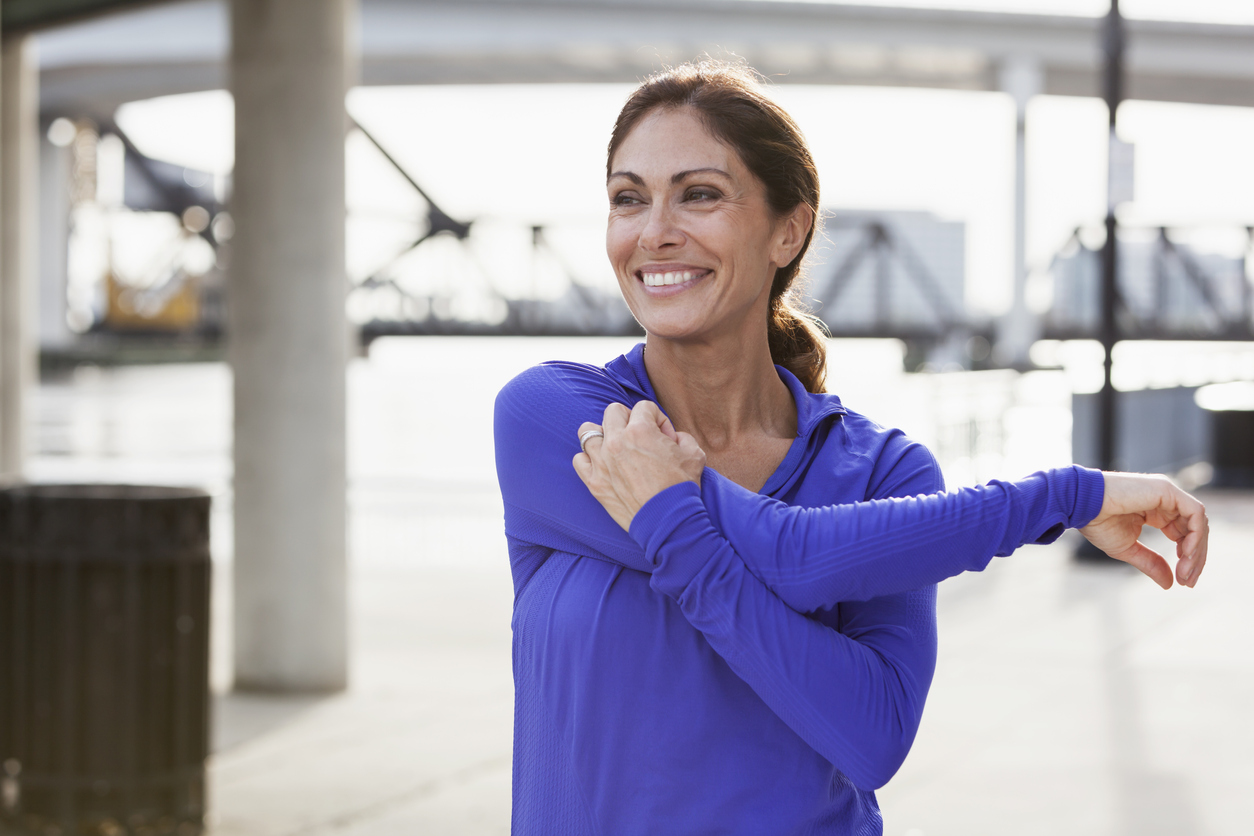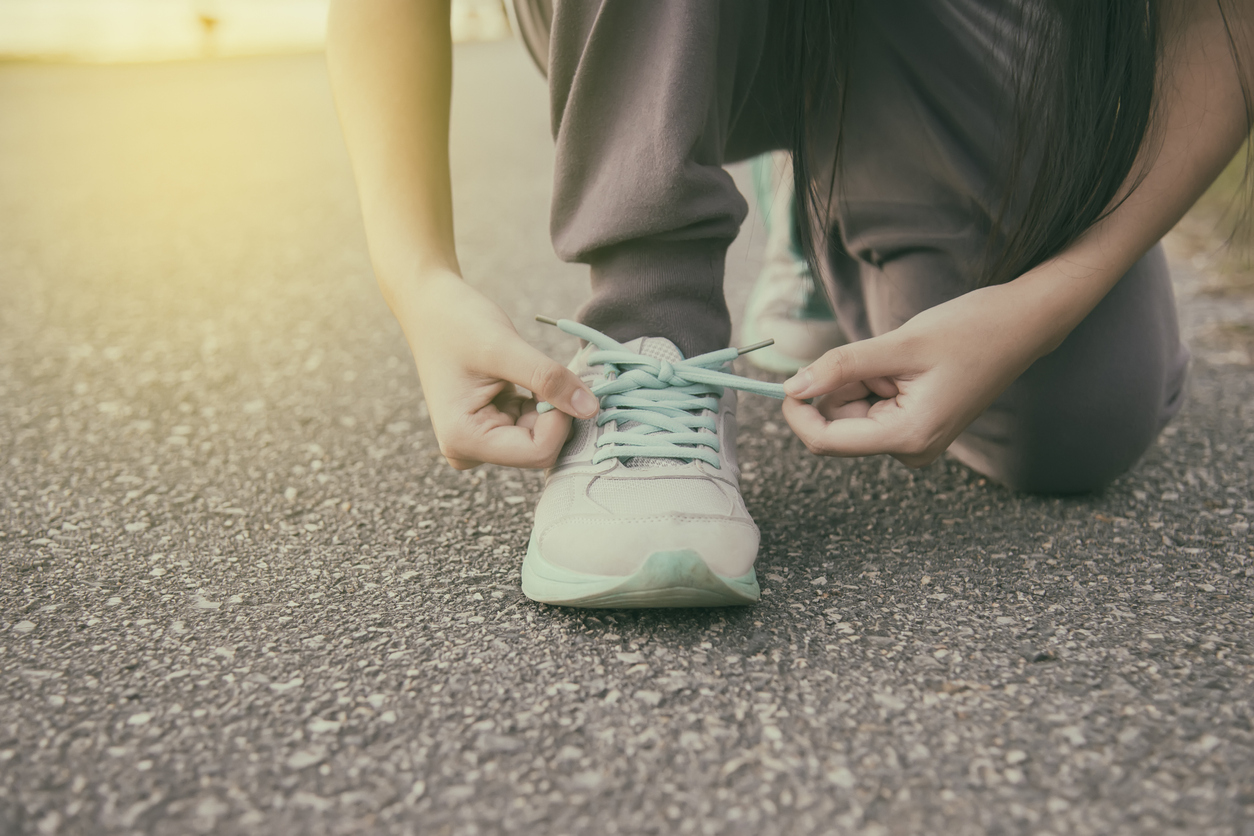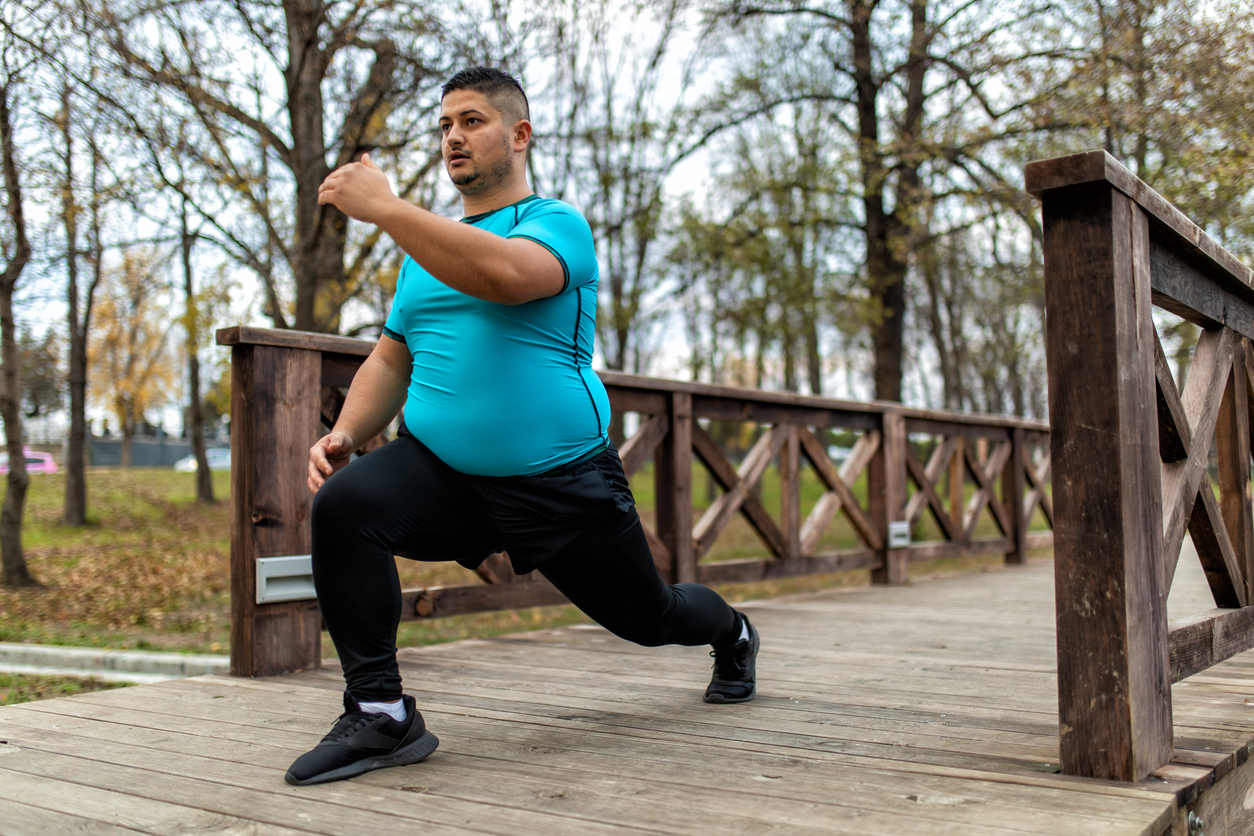Wellness
Introduction to Chair-Based Exercise

What is chair-based exercise?
Many individuals with chronic pain have restricted movements, limited range of motion, mobility issues or balance concerns that can make engaging in physical activity, such as walking or using weight machines, difficult or impossible. One often forgotten option that is available is chair-based exercise.
In this type of physical activity, the individual completes the activity while seated in a wheelchair, desk chair or any other type of chair. This allows those with mobility or balance issues to exercise and alleviates pressure from the lower body for those who are in pain. There are also standing exercises that use a chair as a supportive device.
How does chair-based exercise work?
A wide variety of chair-based exercises exist. Activities can be aerobic to improve heart health, strength based to build muscle or yoga inspired to stretch the body. A combination of the three leads to a complete workout without leaving a chair.
Aerobic exercises
- Modified jumping jacks
While seated tall, raise the right arm and tap the left foot to the front or side while keeping the right foot on the ground. Alternate sides for one minute. - High knees
Mimic the motion of running by bringing one knee up and then the other, repeating back and forth as quickly as possible for one minute. - Simulated jumping rope
Simulate the motion of turning a jump rope with the arms. Alternate tapping the toes on the ground for one minute. - Football drill
Pump both arms over the head for 30 seconds. For the next 30 seconds, tap the feet on the ground as quickly as possible, like a football drill. Repeat three to five times.
Strength exercises
- Bicep curls
Start with a weight in the hand, palm facing up. Keeping the elbow close to the body, slowly curl the weight toward the shoulder. Then, slowly lower the weight back to the starting position. Repeat 12 to 15 times for each arm. - Leg lifts
Extend one leg out straight and hold it for two seconds. Lower the foot, without touching the ground, and hold for a few seconds. Switch to the other leg. Repeat 15 times for each leg. - Body-weight lifts
If the chair has arms, place both hands on the arms and slowly lift the buttocks off the chair. Hold for a few seconds, then slowly lower the buttocks back into the chair. Repeat 15 times. - Chair rolls
If the chair has wheels and a desk or table is in front of the body, hold onto the desk and slowly roll the chair back until the eyes are looking at the floor with the head in between the arms. Then, slowly pull the body back to the starting position. Repeat 15 times.
Chair yoga
- Reach for the sky
While seated tall, reach both arms high up above the head. Hold for ten seconds, then extend the right hand higher before extending the left hand higher. - Neck stretch
Tilt the head to the right until it is almost touching the shoulder. Use the left hand to gently press on the head and deepen the stretch. Hold for ten seconds, then switch to the other side. - Twist
Start by sitting tall and facing forward. Turn the head to the right while turning the torso to the left. Hold for a few seconds, then turn the head to the left while turning the torso to the right. Repeat 15 times, alternating sides. - Hamstring and back stretch
While seated, put the right heel on a desk, table or other surface. Sit up straight and bend forward until a slight stretch is felt. Flex the foot and bend a little further, holding for ten seconds. Switch to the other leg.
Benefits compared to other forms of exercise
Chair-based exercises have many of the same benefits as other forms of physical activity, including common cardiovascular routines and muscle strengthening programs. Chair-based activities have the added benefit of being low-impact and gentle on the joints. This makes physical activity possible for people who may struggle with weight-bearing activities.
Though it can be challenging to be physically active while dealing with chronic pain, movement often improves joint function and reduces pain. For example, a study from Florida Atlantic University found that individuals with osteoarthritis who participated in chair yoga experienced a reduction in both pain and fatigue. For people with knee osteoarthritis pain, improving strength in the quadriceps can lead to a 20 to 30 percent reduction in knee pain.
Individuals should consult a doctor before beginning any type of exercise routine.



















